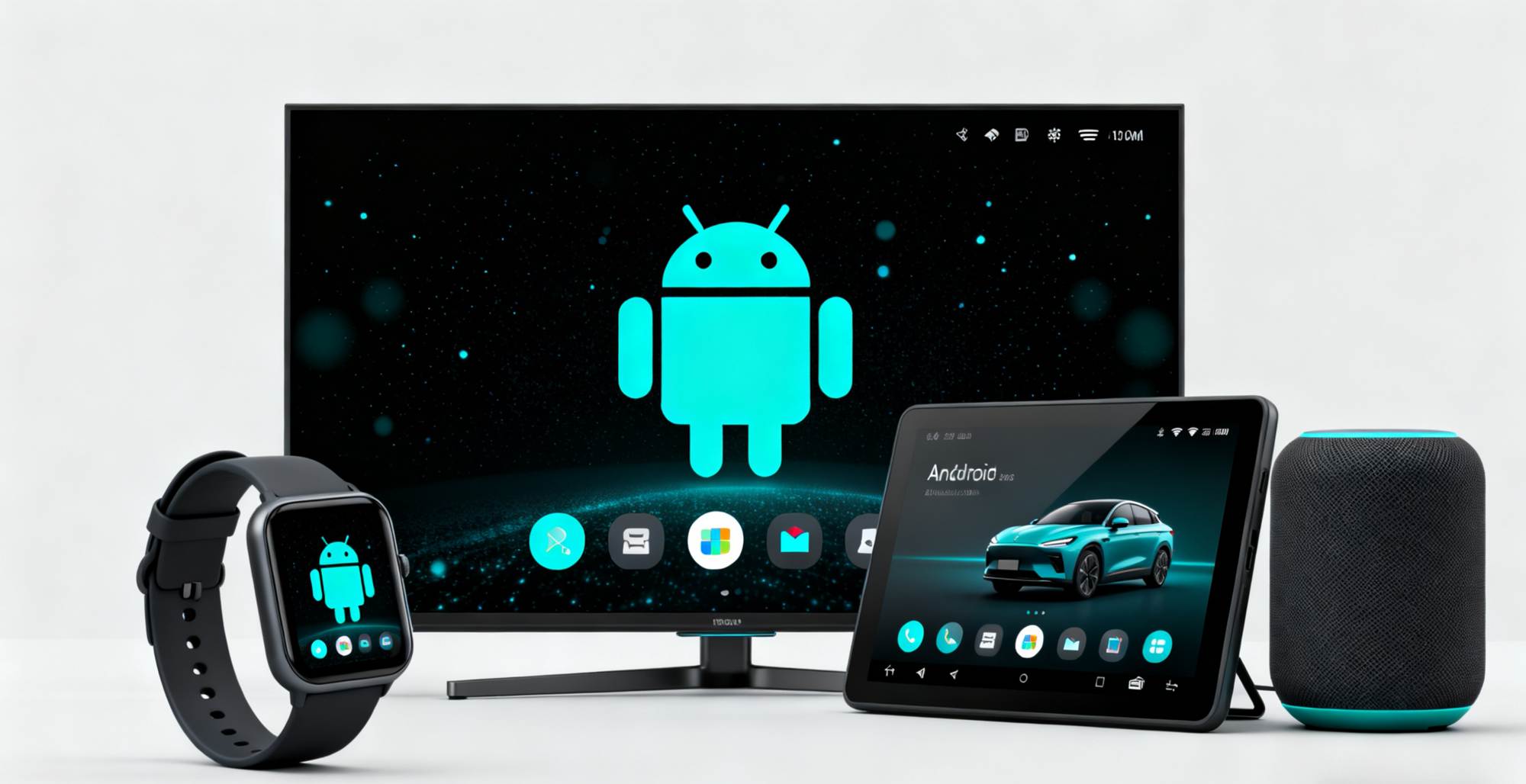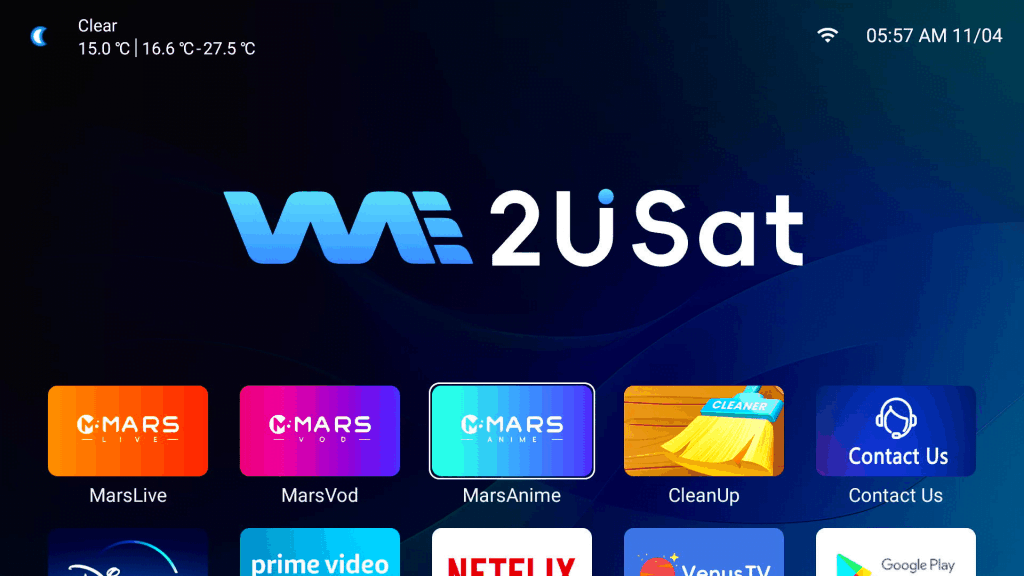In the era of rapid development of smart homes, televisions are no longer just tools for playing programs, but have become the core of home entertainment centers. The Android system is the key to giving TV boxes their intelligence.
I. What is the Android System?
The Android system is an open-source mobile operating system developed by Google based on the Linux kernel. It was first used in smartphones and tablets, and is now widely used in smartwatches, in-vehicle systems, TV boxes, and many other devices.

The biggest features of the Android system are its openness, compatibility, and customizability, allowing manufacturers and developers to optimize and expand it according to different hardware devices. For TV boxes, the Android system allows ordinary TVs to have all the functions of a smart TV.
II. Advantages of the Android System
2.1 Strong Openness
Android is an open-source system, providing device manufacturers with a high degree of freedom, completely eliminating the many limitations of closed systems. Taking the we2usat Android TV box, primarily targeting the US market, as an example, the manufacturer deeply customized the system kernel based on the Android open-source code, optimizing the operating logic to adapt to the video characteristics of different mainstream streaming media applications, thus achieving better device compatibility.
2.2 Abundant Application Resources
It boasts a vast Google Play app ecosystem, covering movies, music, games, education, and more.
In the entertainment sector, besides mainstream platforms, you can find vertical apps in different sections to meet segmented user needs.
In music, it supports lossless audio playback with home audio systems.
The gaming sector is particularly rich in resources, offering everything from casual games to demanding titles.
In education, there are abundant TV-version course resources, allowing children to watch science videos and learn academic subjects on their TVs.
Furthermore, the third-party app market is extremely active, further enriching the resource selection.
2.3 Excellent Compatibility
The Android system is compatible with various hardware platforms, running smoothly on mobile phone chips, TV chips, projectors, and set-top boxes.
2.4 Flexible Interaction Methods
It supports multiple operation methods, including remote control, voice control, Bluetooth keyboard and mouse, and screen mirroring from mobile phones, providing a more user-friendly experience.
Fully adaptable to diverse user scenarios, especially the remote controls for Vseebox and We2usat, which feature one-click access buttons for Netflix and Prime Video specifically designed for US user habits.
2.5 Frequent System Resource Updates
The open-source nature of the Android system allows manufacturers to continuously optimize its performance, security, and graphics, resulting in a longer device lifespan.
It enables smoother playback of 4K HDR videos on older boxes, reducing stuttering and audio-visual desynchronization issues. Regular security patches are pushed out to fix potential vulnerabilities, protecting user information security when viewing content and logging into accounts.
III. Differences Between Android System Versions
The Android system has evolved from the early Android 4.0 (Ice Cream Sandwich) to the current Android 14/15, with each generation bringing improvements in performance, interface, security, and compatibility.
The following is a brief overview of the major version differences

IV. Is a Higher Android System Version Always Better?
Generally speaking, a higher Android system version generally offers stronger performance, better compatibility, and higher security.
The new version optimizes system memory management, startup speed, voice recognition, and AI recommendation algorithms, with significant improvements, especially in streaming media playback and image decoding.
However, please note:
Some older hardware may not be perfectly compatible with the newer version of the system;
Customized systems (AOSP versions) may be more flexible than the official Android TV system, but their stability is slightly lower.
Therefore, a balance should be struck between hardware configuration and system version when choosing, rather than blindly pursuing "the newer the better."
V. Advantages of Using Android Systems for TV Boxes
5.1 Making Traditional TVs "Smarter"
Through the Android system, TV boxes can access the internet, install applications, and stream content online, giving older TVs a fresh new look.
5.2 Supporting Mainstream Streaming Platforms
Fully compatible with mainstream streaming platforms, meeting the viewing needs of different users. Supports the installation of multiple streaming applications, allowing you to watch popular dramas at home. Supports 1080P and even 4K high-definition playback, and can provide a cinematic experience when paired with home audio systems. Whether it's catching up on popular American dramas, watching variety shows, or streaming blockbuster movies, it can all be done with a single click.
5.3 High Degree of Personalization and Freedom
Users can customize playback parameters, install third-party applications, and set different shortcut keys.
It supports the installation of professional media center software such as Kodi, allowing for categorized management of movies, music, and pictures stored on the local hard drive, creating a personalized home theater.
5.4 Continuous Upgrades and Strong Expandability
Through system updates or flashing, users can continuously acquire new features and a smoother operating experience.
Continuous update capabilities and rich hardware interfaces ensure that the TV box maintains its core competitiveness and meets ever-changing user needs. Manufacturers regularly push Android system upgrade packages, providing a smoother user interface and fixing previously existing minor bugs.
Equipped with USB, Ethernet, and HDMI ports, users can connect USB flash drives or external hard drives to expand storage, connect keyboards and mice for convenient text input, or connect game controllers, covering usage scenarios for all ages.
summary
The Android system endows TV boxes with powerful intelligent capabilities. With its open ecosystem, broad compatibility, and flexible operation, Android TV boxes are gradually becoming the core of home entertainment devices.






Leave a comment